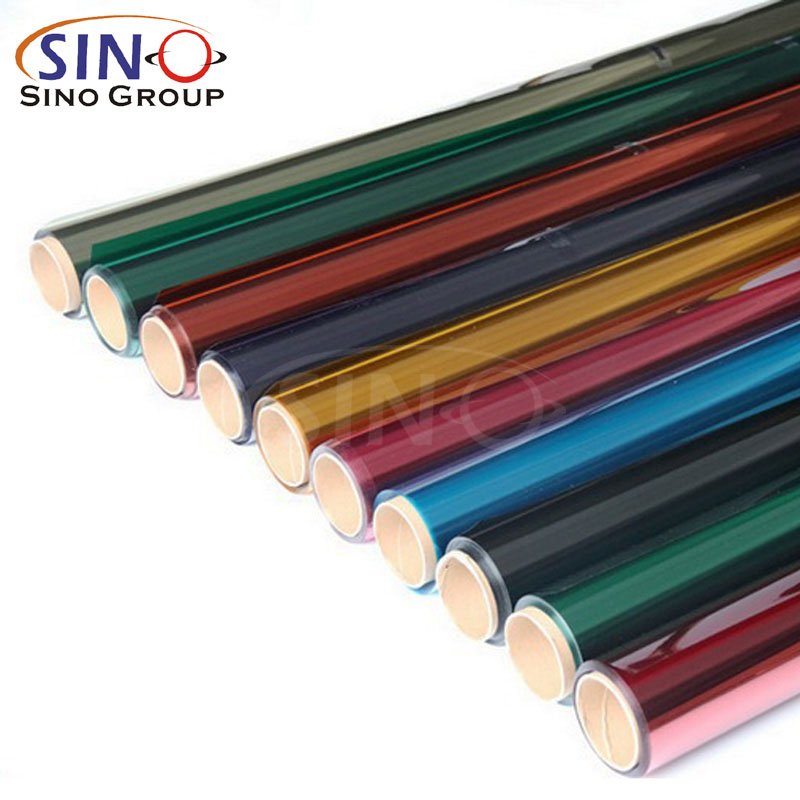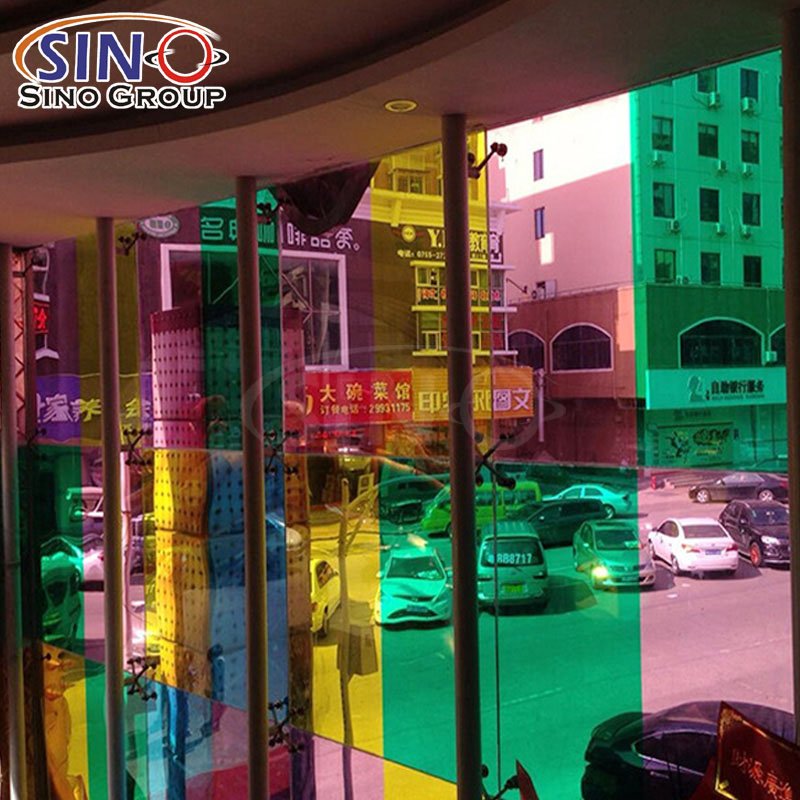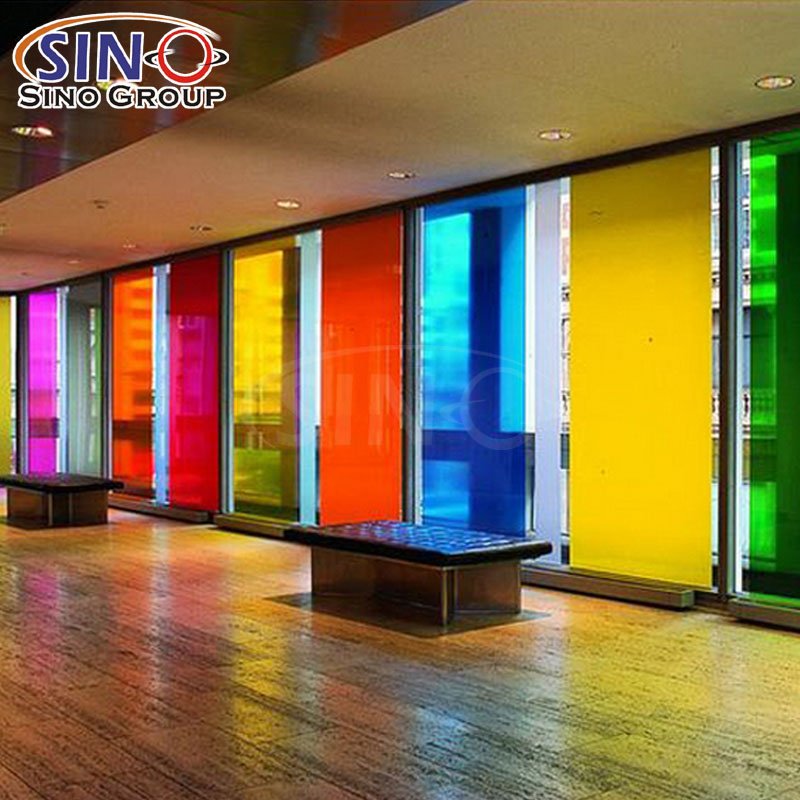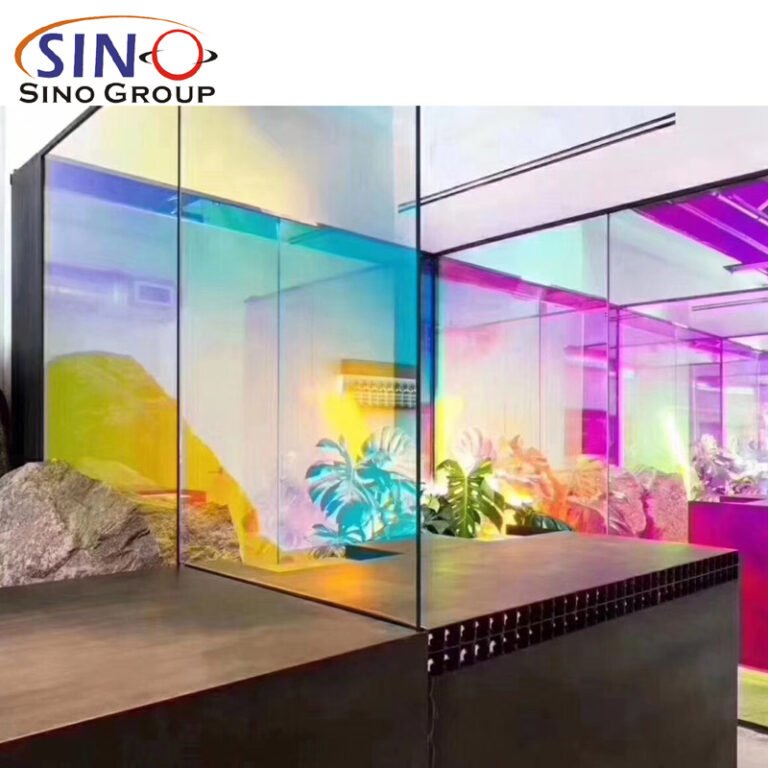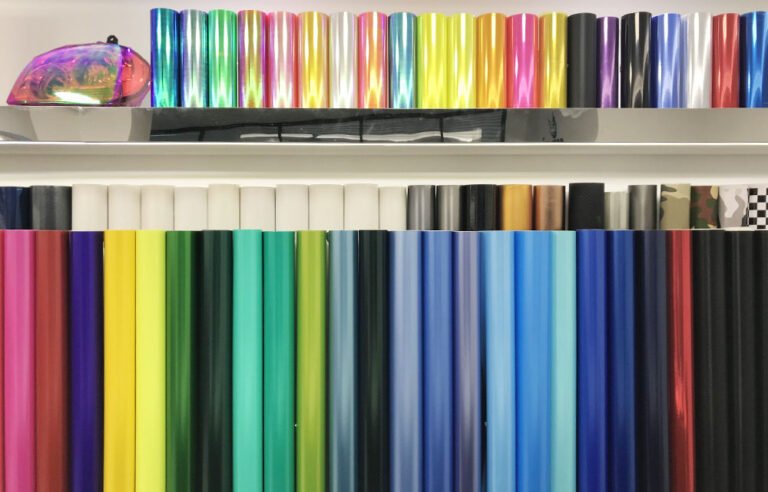How can I design custom window stickers for personal or business use?
Designing custom window stickers for personal or business use can be a creative and impactful way to convey messages, promote brands, or enhance the aesthetics of a space. Here’s a step-by-step guide to help you design custom window stickers:
1. Define Your Purpose:
Start by clarifying the purpose of your window stickers. Are you using them for branding, decoration, promotion, or conveying information? This will help you determine the content and style of your design.
2. Identify Target Audience:
Understand who your target audience is. Your design should resonate with their preferences, interests, and needs.
3. Gather Design Assets:
Collect any logos, images, icons, or text that you want to include in your window sticker. Make sure these assets are of high quality for a professional look.
4. Choose Design Software:
Use graphic design software like Adobe Illustrator, Photoshop, or free alternatives like Canva or Inkscape to create your design. These tools offer various features and templates to simplify the design process.
5. Determine Dimensions:
Measure the dimensions of the window where you plan to apply the sticker. Ensure your design fits within these dimensions without being too crowded or stretched.
6. Create the Design:
Design your window sticker by combining your gathered assets. Pay attention to layout, color schemes, fonts, and overall visual balance. Make sure the design is clear and easily understandable.
7. Incorporate Branding:
For business-related stickers, incorporate your brand elements such as logos, colors, and taglines. Consistency with your brand identity is key for brand recognition.
8. Message and Call to Action:
Clearly convey your message or call to action in the design. Whether it’s a promotional offer, contact information, or a decorative element, make sure it’s easily visible.
9. Play with Transparency:
Depending on the type of sticker material and the desired effect, consider using transparency to create frosted or semi-transparent elements in your design.
10. Test Print and Proofreading:
Before finalizing the design, print a test version on regular paper to check how it will appear on the actual window. Also, proofread for spelling, grammar, and alignment errors.
11. Choose Sticker Material:
Select a sticker material that suits your needs. Options include vinyl, static cling, clear, opaque, and more. Each material has different adhesive properties and durability.
12. Printing:
If you have the equipment, print your design on the chosen sticker material. Alternatively, you can work with a professional printing service to ensure high-quality results.
13. Cutting:
If your design requires specific shapes, consider cutting the stickers into those shapes. This might involve using a plotter or precision cutting tools.
14. Application Instructions:
If you’re distributing these stickers, provide clear instructions on how to apply them. Include information about cleaning the surface, peeling, and sticking.
15. Quality Check:
Review the final printed stickers to ensure colors, clarity, and overall quality meet your expectations.
16. Application and Feedback:
Apply the stickers to the intended surfaces and gather feedback from others. This can help you assess the design’s effectiveness.
Remember that the design process might differ slightly based on whether you’re creating stickers for personal or business use, so tailor your approach accordingly.
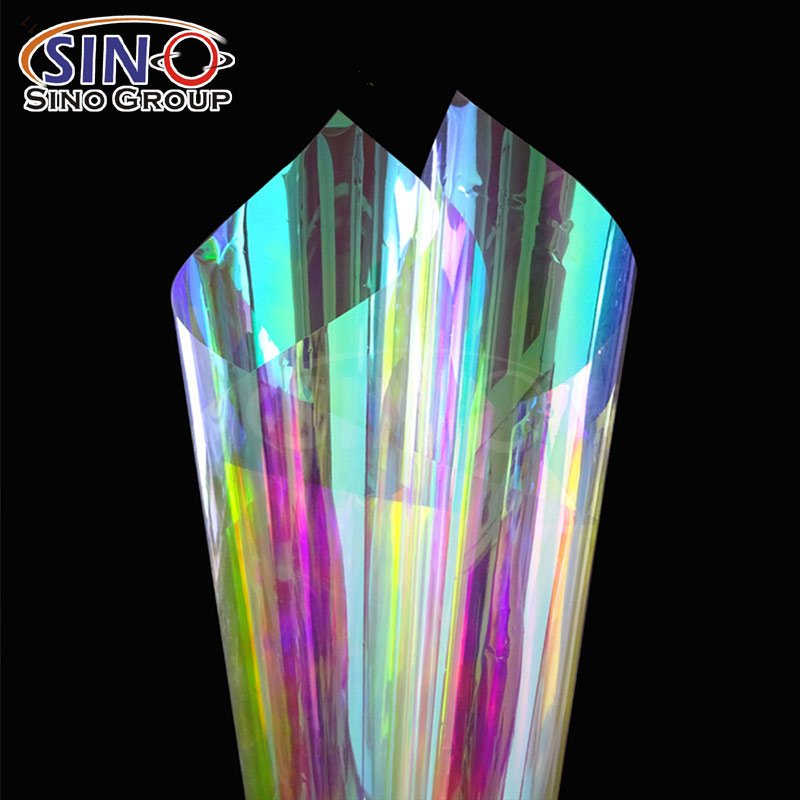
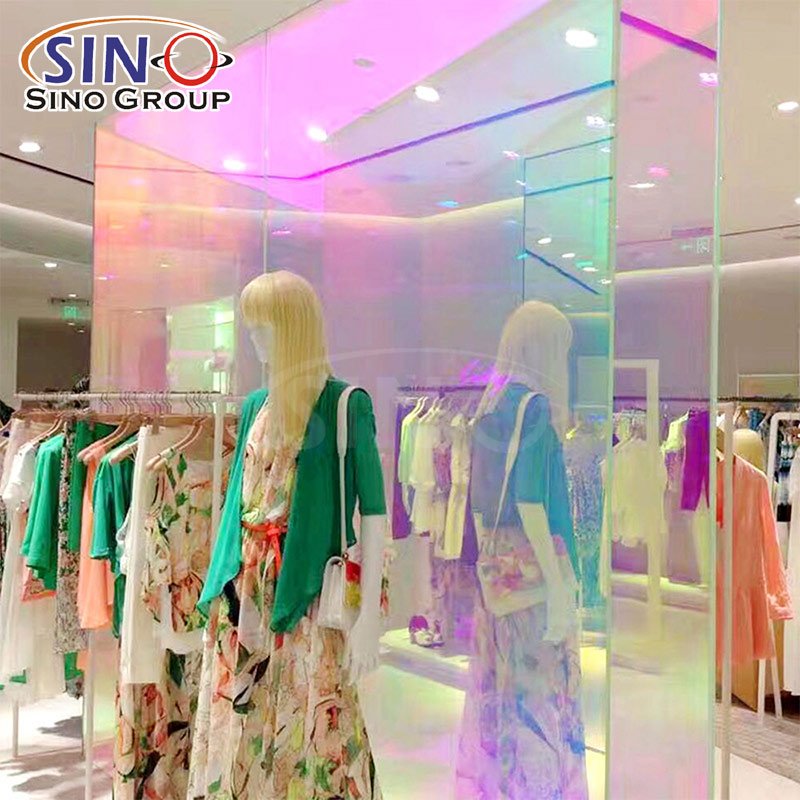
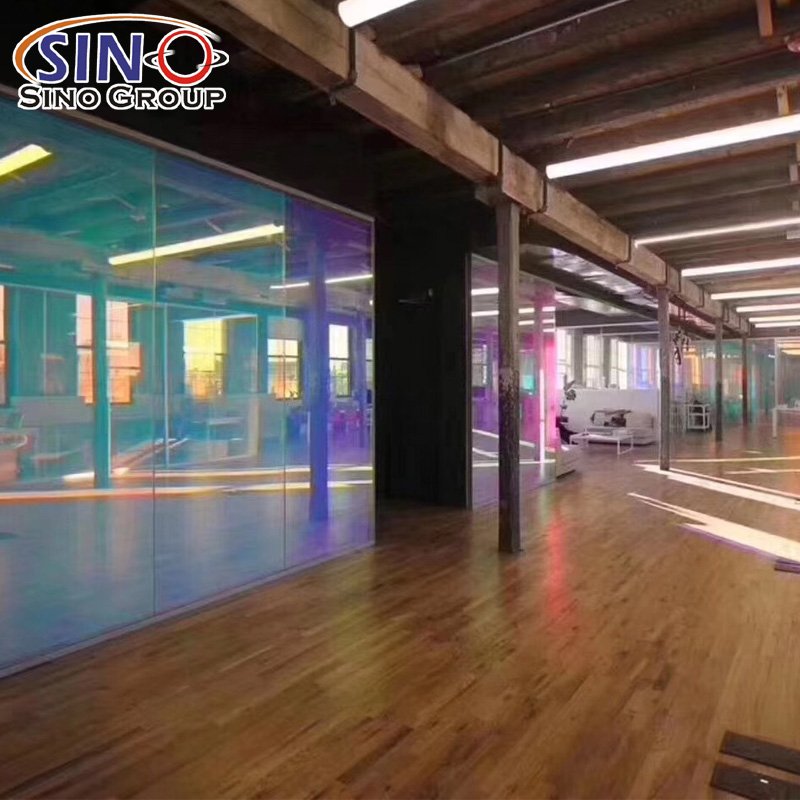
What factors should be considered when designing a window sticker for promotional purposes?
Designing a window sticker for promotional purposes requires careful consideration to ensure that it effectively captures attention, conveys the intended message, and aligns with the brand or product being promoted. Here are some important factors to consider:
1. Clear Message
– The sticker’s message should be concise, clear, and easy to understand at a glance. Avoid clutter and make sure the main message stands out.
2. Branding and Identity
– Incorporate your brand’s logo, colors, and other visual elements to maintain consistency and reinforce brand identity.
3. Target Audience
– Understand your target audience’s preferences, interests, and demographics to design a sticker that resonates with them.
4. Eye-catching Design
– Use bold and attention-grabbing visuals, typography, and colors to ensure the sticker stands out from a distance.
5. Readability
– Choose a legible font that can be easily read from a distance. Avoid fonts that are too decorative or difficult to decipher.
6. Size and Placement
– Determine the appropriate size of the sticker based on where it will be displayed. Ensure it fits the space without overwhelming it.
7. Call to Action
– Include a clear call to action (CTA) that encourages the viewer to take a specific step, such as visiting a website, making a purchase, or contacting you.
8. Benefits and Features
– Highlight the key benefits and features of your product or service. Show how it addresses the needs or problems of your target audience.
9. Visual Hierarchy
– Organize the design elements in a way that guides the viewer’s eye through the sticker, starting with the most important information.
10. Limited Information
– Avoid overcrowding the sticker with too much information. Focus on the essentials and leave out unnecessary details.
11. High-quality Imagery
– Use high-resolution images that are relevant to the promotion. Blurry or pixelated images can reflect poorly on your brand.
12. Seasonal or Event Relevance
– If the promotion is tied to a specific season, event, or holiday, incorporate relevant visuals and themes.
13. Contrast and Color Psychology
– Choose colors that evoke the desired emotions and align with your brand. Ensure there’s sufficient contrast between text and background for readability.
14. Durability and Materials
– Select materials that are suitable for the intended use. Outdoor stickers may need to withstand weather conditions, while indoor stickers might require different characteristics.
15. Test and Feedback
– Before finalizing the design, gather feedback from colleagues, stakeholders, or focus groups to ensure it resonates with the intended audience.
16. Compliance with Regulations
– Ensure that the design adheres to any relevant regulations or guidelines related to promotional materials.
Remember that the goal of a promotional window sticker is to attract attention, create interest, and ultimately drive action. By considering these factors and crafting a thoughtful design, you can create a window sticker that effectively promotes your brand, product, or message.
